Humans news stories
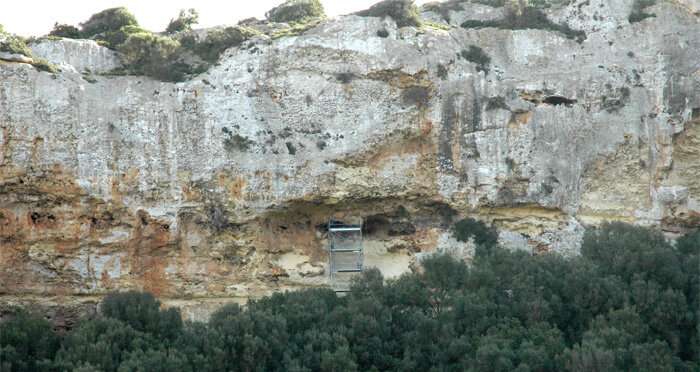
Researchers from a variety of Spanish institutions have managed to reconstruct the diet of some 50 individuals buried more than 3,000 years ago in the Cova des Pas’ necropolis in Menorca.

One of the most hotly debated questions in the history of Neanderthal research has been whether they created art. In the past few years, the consensus has become that they did, sometimes.
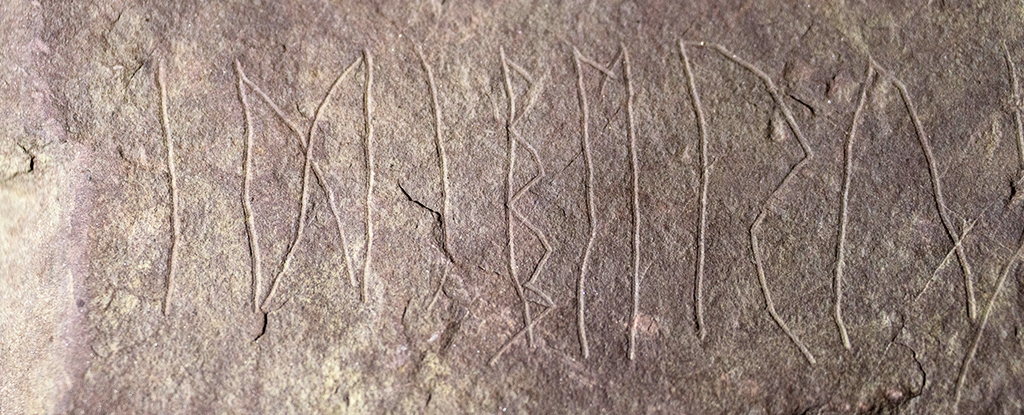
Norwegian archaeologists believe they have found the world’s oldest runestone inscribed almost 2,000 years ago, making it several centuries older than previous discoveries, they announced on Tuesday.

Scientists who watched nerve cells connect inside the eyes of growing squid have uncovered a remarkable secret — the cephalopods’ brains independently evolved to develop in the same way ours do.

Like in all land-dwelling vertebrates, tooth enamel mineralizes gradually in microscopically thin layers in humans too, represented by the striae of Retzius. The speed with which a human develops can be read from these Retzius lines. Physiological changes, such as birth, weaning or illness, for example, leave distinctive traces.

Children as young as two years old went out of their way to help dogs get toys and tasty treats that were placed beyond their reach, despite never having met the animals before, scientists found.

Mushrooms aren’t known for their ornamental value, but for this scientist, they are a thing of beauty. The plant pathologist is on a mission to spread the word that fungi need conservation just as much as plants and animals.
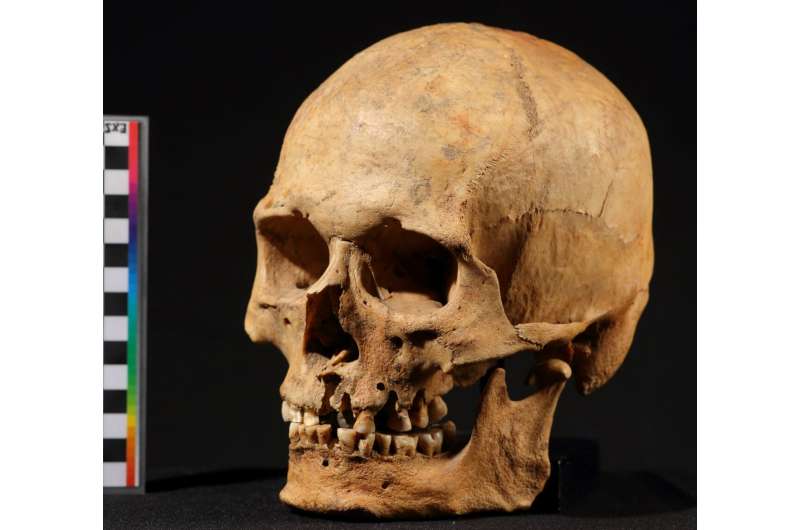
Researchers reporting in Current Biology on January 12 describe genomes from ten individuals up to 7,500 years old that help to fill the gap and show gene flow from people moving in the opposite direction from North America to North Asia.

Scientists have discovered a new way to identify the average ages when men and women reproduced throughout human evolutionary history. By studying DNA mutations in modern humans, they discovered a window that let them peek 250,000 years back in time.

The Swedish geneticist on winning the Nobel prize, his laureate father and early man’s sensitive side.

The hottest West Coast tech 16,000 years ago was a “projectile point” for hunting game. Though tiny, the artifact tells an outsize tale.
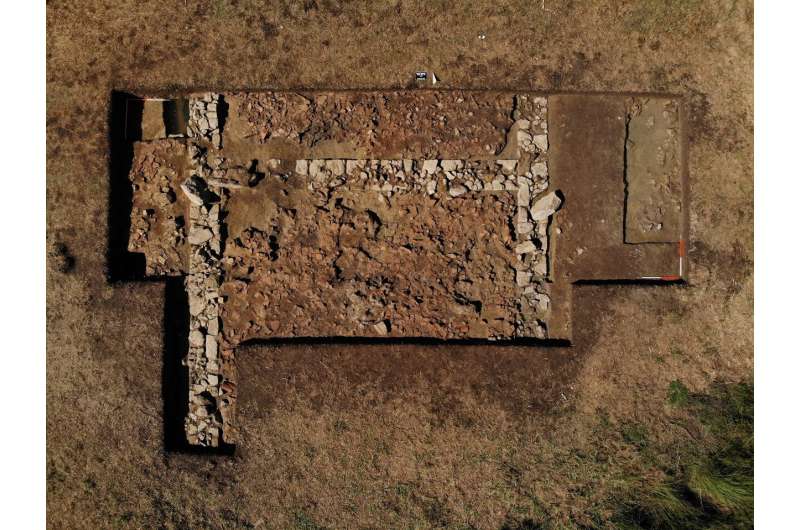
The ancient Greek historian Strabo referred to the presence of an important shrine located on the west coast of the Peloponnese some 2,000 years ago. Remains of such an Archaic temple have now been uncovered at the Kleidi site near Samikon, which presumably once formed part of the sanctuary of Poseidon.

A deep dive into “bog bodies” reveals that this practice started in southern Scandinavia during the Neolithic and spread throughout Northern Europe.
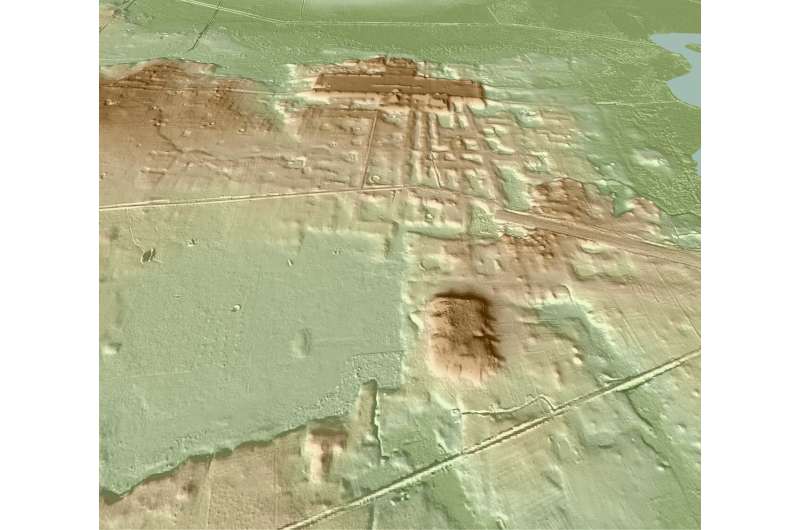
A trio of researchers from the Research Center of the Slovenian Academy of Sciences and Arts, the University of Arizona, and Colgate University has found examples of Mesoamerican structures aligned for use as a 260-day calendar, built thousands of years ago along Mexico’s gulf coast.

Inside your brain there is a map of every bedroom you’ve slept in. Every kitchen you’ve cooked in. Every city you’ve worked in, every country you’ve holidayed in. There’s even a threadbare map of every Universe you’ve dreamt in

Scientists once considered much of the human genome “junk” because large stretches of its genetic code don’t give rise to any proteins, the complex molecules tasked with keeping cells running. However, it’s since been discovered that this so-called junk DNA plays important roles in cells, and in a new study…








